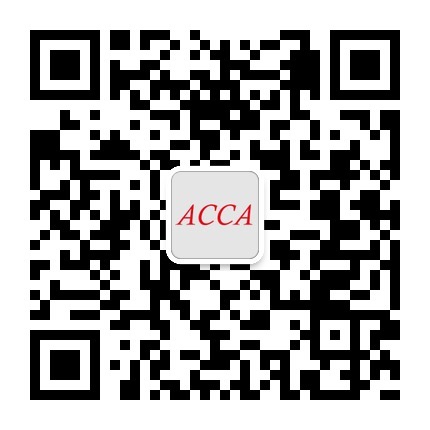每次考试结束ACCA考官都会根据本次考试考生的总体表现情况写报告,具体分析学生在答题过程中出现的问题,总结学生在备考该科目时应该注意的事项,以下是2012年12月F6考官报告:
General Comments
The examination consisted of five compulsory questions. Question 1 for 25 marks, question 2 for 30 marks,and three further questions of 15 marks each.The vast majority of candidates attempted all five questions, but question four was often left to last and answered under time pressure.This problem often arose because the workings for parts 1a and 2a were far too detailed. Question 4 was the most difficult of the three 15-mark questions,although the calculations themselves were quite straightforward. What candidates needed to do with this question was to spend several minutes thinking their answer through and making sure that basic concepts were not overlooked. Many candidates appeared to be rushing, and making basic mistakes, such as calculating NIC in respect of dividend income.Candidates performed particularly well on questions 1a, 1b(i), 1b(ii), 2a, 2c(i), 3a, 3b, 5a, 5b and 5c.The questions candidates found most challenging were questions 2b(i), 2b(ii), 2c(ii) 2b, 4a and 4b. A number of common issues arose in candidate’s answers:Failing to read the question requirement clearly. For example, calculating the CGT liability in question 3(b) despite being told that only chargeable gains were required.Poor time management. For example, the 1 mark requirement for part 2b(i) needed just a date, so time was wasted by writing a whole paragraph. Poor use of workings. The workings for parts 1a and 2a were often far too detailed. Many of the calculations could have been included within the main computation, and once something such as the exempt premium bond prize was shown once there was no need for further explanation. However, when it came to the share pool in part 3b there was often a complete lack of workings for the indexation calculations – making marking extremely difficult.
Specific Comments
Question One
This 25-mark question was based on Josie Jones, who ceased self-employment as a graphic designer on 30 June 2011, and commenced employment with Typo plc as a creative director on 1 August 2011. The question also included property income.Part (a) for 20 marks required candidates to calculate the income tax payable by Josie for 2011-12. For the selfemploymentit was necessary to calculate capital allowances for the final two periods of trading, and to takeaccount of unused overlap profits. As part of her employment package Josie was paid ?11,600 towards her relocation costs (of which ?8,000 were exempt), provided with an interest free beneficial loan, provided with free meals in Typo plc’s staff canteen and provided with a company motor car. Josie owned two let properties - the first property qualified as a trade under the furnished holiday letting rules (and made a loss), and the second property was let out unfurnished (and made a profit). Josie also received building society interest, dividends and a premium bond prize. Her basic and higher rate tax bands were extended in respect of gift aid donations. This section was generally very well answered. One common error was to apportion the trading profits, and this sometimes resulted in a trading loss. It should be clear that if a question makes no mention of a loss then there should not be a loss. Part (b) was for a total of 5 marks. The first requirement for 3 marks was to calculate Josie’s balancing payment for 2011-12 and her payments on account for 2012-13, stating the relevant due dates. This was on the assumption that no claim was made to reduce the payments on account. The second requirement for 2 marks was to explain why Josie would probably be able to make a claim to reduce her payments on account for 2012-13. Since she expected to remain employed throughout 2012-13, a claim could be made because the majority of her income tax would be collected under PAYE. The first requirement was answered reasonably well, but the due dates were often a problem. With the second requirement, it was often not appreciated that payments on account could be reduced not because of less income, but because more income would be taxed at source, being collected under PAYE, meaning payments on account could be reduced to just cover the remaining tax payable.
-
关注公众号
快扫码关注
公众号吧

- 赞372
-


 QQ登录
QQ登录 微博登录
微博登录 微信登录
微信登录























